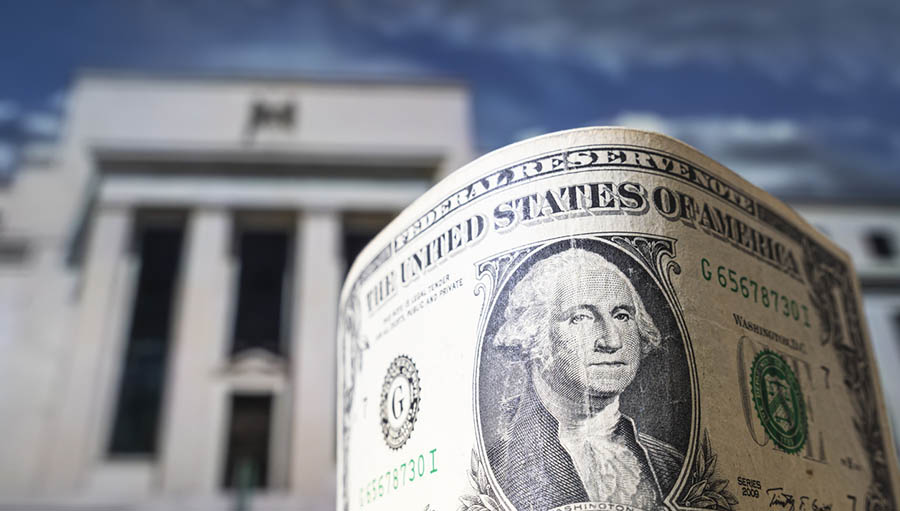
Gold has long been considered a reliable store of value and a safe haven asset during times of economic uncertainty. Its price is influenced by various factors, including supply and demand dynamics, geopolitical tensions, and market sentiment.
However, one significant influence on the price of gold that often goes unnoticed by many investors is the role played by central banks and their policies.
In this article, we will explore how central banks wield their power and how their decisions can impact the value of gold.
Understanding Central Banks
Central banks are responsible for monetary policy and financial stability within their respective countries. They play a crucial role in managing a nation’s money supply, interest rates, and currency exchange rates.
Through their regulatory authority and control over financial systems, central banks hold the power to shape economic conditions and influence investor sentiment.
Interest Rates and Gold Prices
One of the most impactful tools central banks have at their disposal is setting interest rates. When central banks lower interest rates, borrowing becomes cheaper, which stimulates economic activity.
Conversely, when rates are raised, borrowing becomes more expensive, cooling down the economy. The relationship between interest rates and gold prices is complex but generally inverse.
When interest rates are low, the opportunity cost of holding gold decreases, making it more attractive as an investment. Consequently, investors tend to shift their assets towards gold, driving its price higher.
Quantitative Easing and Money Supply
In times of economic crisis or recession, central banks may resort to unconventional monetary policy tools such as quantitative easing (QE). QE involves injecting money into the financial system by purchasing government bonds or other assets.
The increased money supply aims to stimulate lending, spending, and investment. This influx of liquidity can have an inflationary effect and erode the value of a currency. In response, investors often turn to gold as a hedge against inflation and currency devaluation.
Currency Depreciation and Gold
Central banks occasionally intervene in currency markets to manage exchange rates. By buying or selling their own currency, central banks can directly influence its value relative to other currencies.
When a country’s currency depreciates, it can make imported goods more expensive, leading to inflationary pressures. This devaluation also increases the relative price of gold, making it more attractive as a hedge against currency weakness.
Furthermore, in times of geopolitical uncertainty or systemic risk, investors often seek refuge in gold, causing its value to rise.
Market Sentiment and Gold
Central banks hold a significant influence over market sentiment. Their announcements and policy decisions can create a sense of stability or uncertainty, impacting investor confidence and risk appetite.
When central banks signal their concerns about economic growth or financial stability, it can trigger a flight to safe haven assets like gold.
On the other hand, if central banks convey a positive outlook, investors may shift their focus towards riskier assets, potentially dampening demand for gold.
Conclusion
Investing in gold requires a comprehensive understanding of the various factors that influence its price. Among these, the actions and policies of central banks play a pivotal role. Their decisions regarding interest rates, money supply, currency intervention, and market sentiment can significantly impact the demand for and value of gold.
Stay informed about central banks’ actions and statements to make informed investment decisions and navigate the complex world of gold investing.
Remember, while central banks hold considerable power, understanding other factors affecting gold prices is equally vital for a holistic approach to gold investment.

